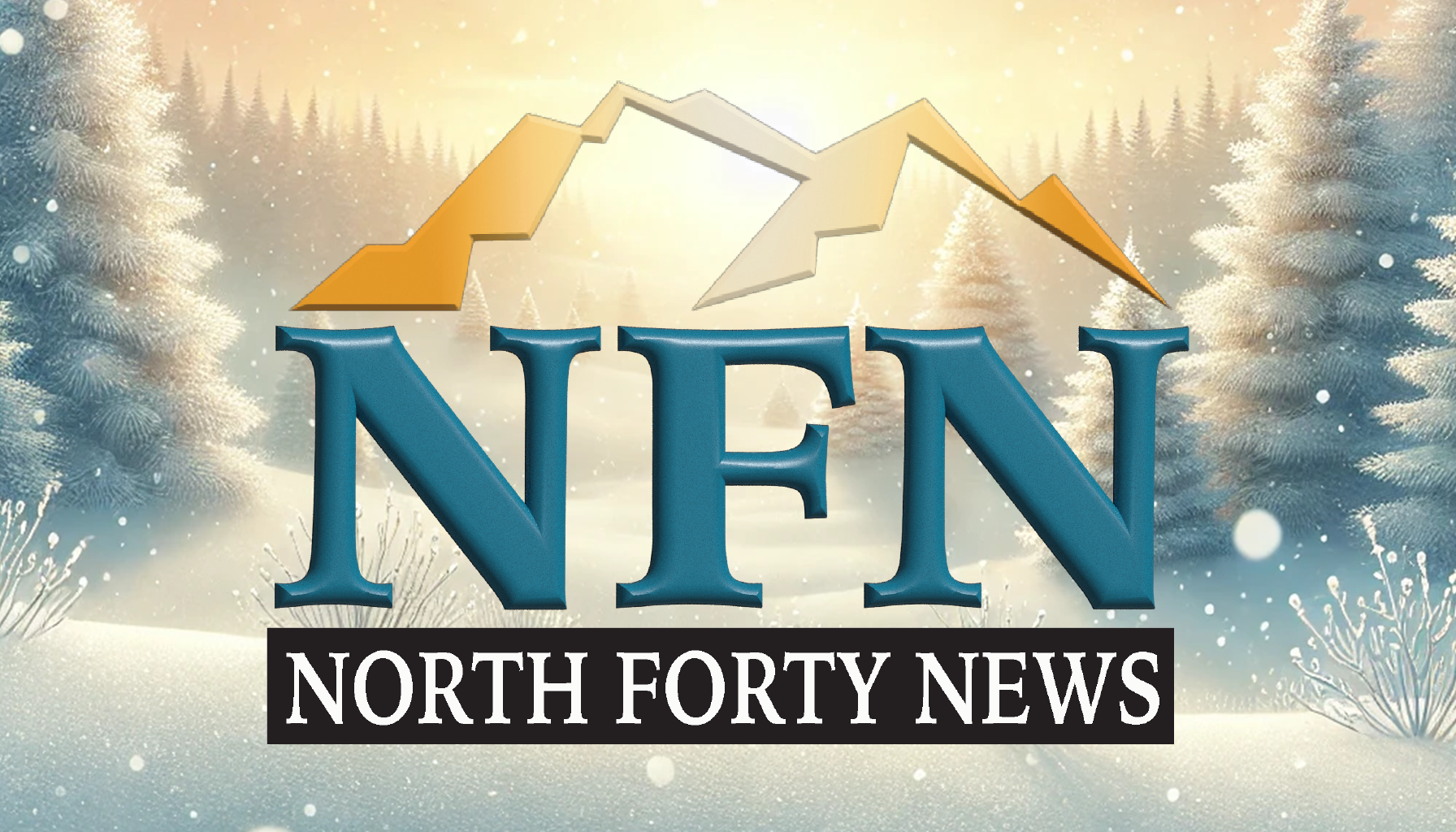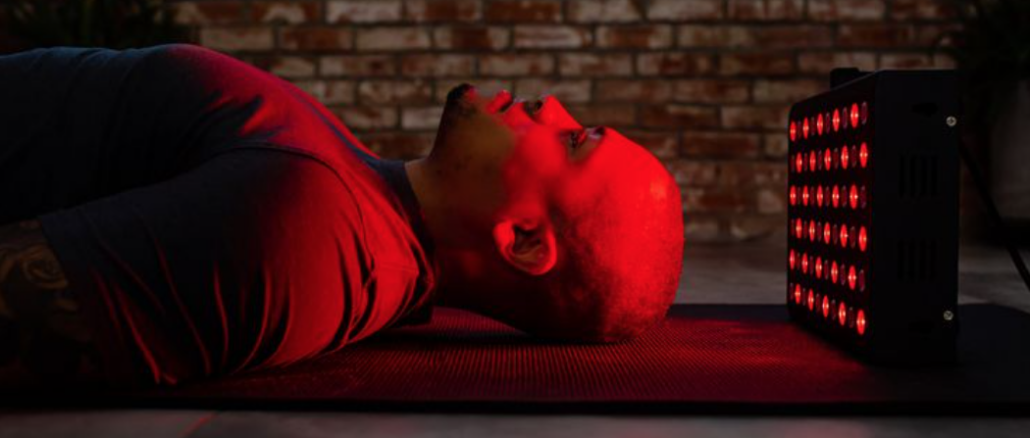
Support Northern Colorado Journalism
Show your support for North Forty News by helping us produce more content. It's a kind and simple gesture that will help us continue to bring more content to you.
BONUS - Donors get a link in their receipt to sign up for our once-per-week instant text messaging alert. Get your e-copy of North Forty News the moment it is released!
Click to DonateBeing around light can improve your mood and energy levels. Sometimes only a bright day will not be enough.
Clinically standard light therapy is a ray of hope for people suffering from seasonal depression and other conditions. It uses artificial light to replicate the positive effects of nature. Artificial light is exposed to treat various medical ailments in light therapy, commonly referred to as phototherapy. This treatment approach’s ability to effectively handle various health conditions has garnered substantial recognition.
Today, we will discuss the complex field of clinically accepted light treatment. We will go through the underlying ideas, uses, and strict guidelines that guarantee its effectiveness.
Clinically Standard Light Therapy: A Closer Look
Clinical standard light therapy uses particular light wavelengths and intensities to provide therapeutic results. Even on the cloudiest days, picture yourself soaking up the warmth of a virtual dawn. That’s exactly what the fascinating field of light therapy offers regarding wellness. These sophisticated devices create a therapeutic glow by simulating the energizing spectrum of natural sunlight.
The process helps you eliminate the shadows of seasonal affective disorder (SAD), sleep difficulties, and some skin ailments.
Clinically standard light therapy includes a variety of procedures that target different health issues by employing particular light wavelengths. For instance, red-light therapy and blue-light therapy are widely used. Red light therapy for home use is becoming a very well-liked technique. These devices release low-wavelength light into the skin, which promotes cellular renewal and lowers inflammation. Whereas, blue light therapy is mostly used to treat acne.
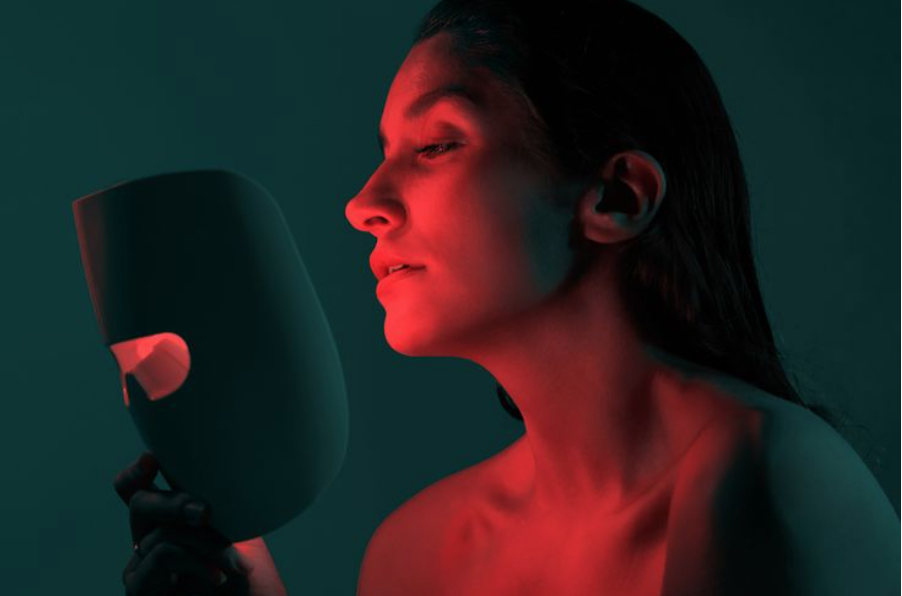
The Science Behind Light Therapy
Although complicated, the process underlying light treatment is fascinating. Exposure to light affects the circadian rhythm, the body’s internal clock. The signs and effects of abnormal circadian rhythms can be lessened with light treatment, including:
- Mood disorders
- Sleep difficulties
by controlling the sleep-wake cycle. Furthermore, it has been demonstrated that light treatment can treat skin diseases like eczema and psoriasis.
History of Light Therapy
Light has always had a mysterious charm; it is the ethereal creator of our universe. Light has always been our constant companion on the path to well-being, from the ancient societies that used sunlight to cure to the antiseptic precision of contemporary medical centers. This ethereal material was only formed into a physical therapeutic aid in the 20th century.
How Does Clinically Standard Light Therapy Work?
Clinically standard light treatment, often known as phototherapy, uses light’s healing properties to affect the body.
Mechanism
The way light therapy functions is by promoting particular bodily biological processes. This mechanism, called photobiomodulation, is how light interacts with different parts of cells to affect different physiological processes.

Devices Used
Clinically standard light therapy makes use of specialized equipment meant to provide regulated and regular exposure to light. Usually, these gadgets consist of:
- Lightboxes: Light boxes are big, flat panels that give off strong light; they are frequently used to treat SAD or seasonal affective disorder.
- Light treatment lamps: More compact, lightweight equipment for personal use.
- LED masks: Designed for cosmetic treatments, these masks are frequently used in dermatological settings.
Methods of Therapy
Clinical light therapy sessions are carefully scheduled to optimize therapeutic outcomes. Key elements include:
- Light intensity: This measurement, which is given in lux, reflects the level of light contact.
- Duration: Sessions for treatment last anywhere from 20 to 60 minutes, depending on what is being treated.
- Frequency: Maintaining therapy benefits requires regularity of sessions.
- Safety precautions: Common safety precautions include wearing eye protection and increasing exposure gradually.
Advantages of Clinically Standard Light Therapy
The fascinating interplay of photons and physiology known as phototherapy has become a mainstay of contemporary medicine. Using light’s therapeutic properties, this non-invasive technique offers a healing aura to a variety of illnesses. Light therapy provides a ray of hope in the maze of available therapeutic alternatives, regardless of how complicated or ordinary the condition may be.
Medical Conditions Treated
Light therapy, which used to be reserved for specific conditions, is now a ray of hope for lots of illnesses.
- Skin Deep Transformation: Psoriasis, vitiligo, acne, and eczema are among the diseases that light treatment may be able to help with.
- Beyond the Skin: Applying light treatment can also help relieve chronic pain.
- Depression: Light therapy proves helpful in treating different kinds of depression, but it is most widely known for its success in curing seasonal affective disorder (SAD).

- Sleep: Having problems putting yourself to sleep? Your go-to small weapon may be light therapy.
Outcomes of Patients
The effectiveness of light therapy in treating a range of medical disorders has been demonstrated by numerous studies. For example, following light treatment sessions, patients with SAD frequently report notable increases in their mood and energy levels. In a similar vein, people with psoriasis and other skin diseases have reported
- less inflammation and
- clearer skin.
Comparative Analysis of Other Therapies
One shining example of how nature can heal is light therapy, a bright spot in the medical field. Light therapy provides a mild yet effective approach to well-being in contrast to standard therapies, which frequently have a long list of negative side effects. This novel treatment can increase the effectiveness of current medicines by utilizing light energy. Its accessibility and affordability also make it a good choice for many people looking for relief from a variety of illnesses.
Applications of Clinically Standard Light Therapy
By utilizing the properties of particular light wavelengths, light therapy has become a very effective treatment modality with a wide range of medical applications.
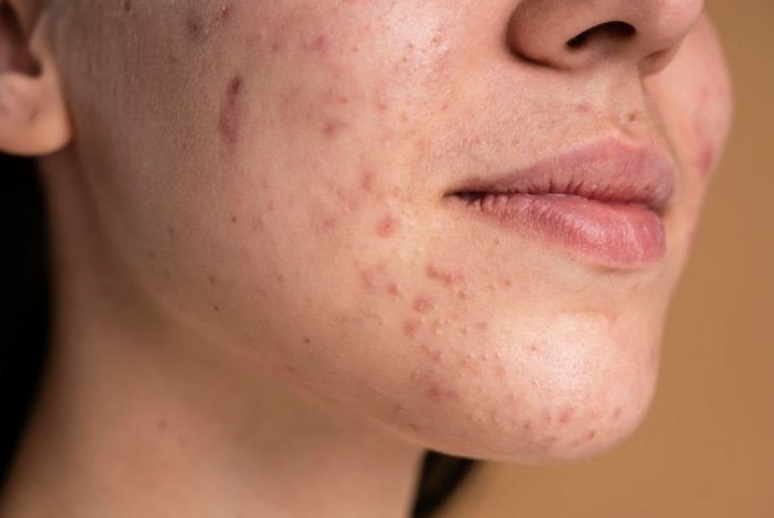
Skin Care
Once considered a specialty treatment, light therapy has become a powerful tool in dermatologists’ toolbox.
- Acne: Blue light treatment helps to achieve healthier, cleaner skin by destroying the microorganisms that cause acne.
- Psoriasis: Some wavelengths can help regulate the skin by reducing the overreaction of the immune system.
- Eczema: Light therapy helps to rebuild the skin’s natural barrier by providing a calming balm due to its anti-inflammatory qualities.
- Vitiligo: Although treatment for this difficult ailment is yet unknown, light therapy has demonstrated potential in promoting repigmentation, giving individuals who suffer from it hope.
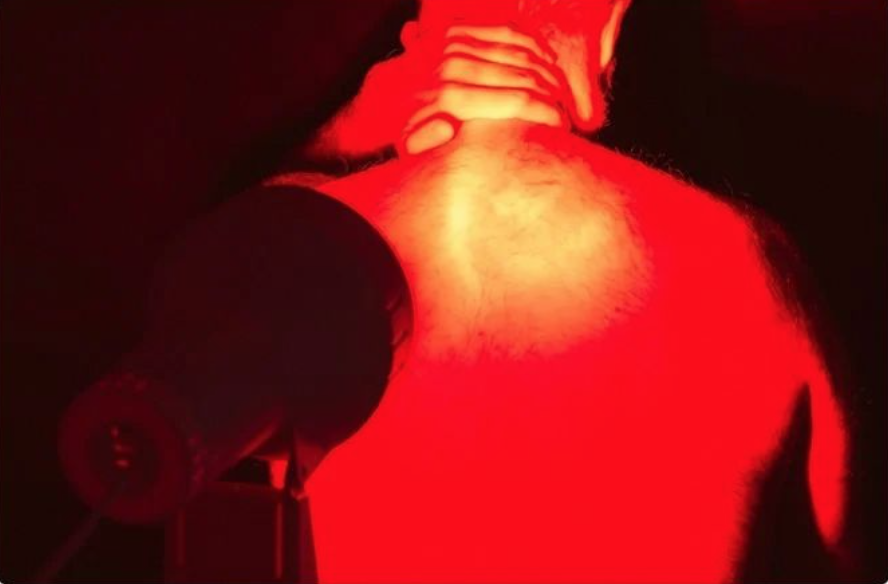
Treatment of pain
Discomfort may be a stubborn enemy, affecting anything from the searing discomfort of recovering from surgery to the agonizing aching of arthritis.
- Chronic pain: For chronic pains, such as the agonizing ache of arthritis or the anguish following surgery, light therapy provides a glimmer of hope.
- Pain following surgery: Red light therapy can lessen post-operative pain and expedite the healing of wounds.

- Pain in the muscles and joints: Light therapy helps reduce pain in the muscles and joints. For reducing pain in the muscles and joints, you can check out PlatinumLED Therapy Lights.
Mental Well-Being
Certain light wavelength exposures have been demonstrated to be beneficial for mental health conditions.
- SAD, or seasonal affective disorder: An effective treatment for SAD that boosts mood and energy in the winter is bright light therapy.
- Disorders related to sleep: Light therapy can help control sleep cycles and treat sleep disruptions. Researchers in China evaluated the impact of red light therapy on the sleep quality and stamina of twenty female basketball players in a 2012 study.
Rehabilitating
One way that light therapy helps with the healing process is:
- Wound healing: Red light therapy can reduce inflammation and hasten the closure of wounds.
- Repair of muscles and tissues: By encouraging cellular regeneration, light treatment can aid in the recovery process that occurs after an injury.
Safety and Adverse Effects
Even though light therapy is usually regarded as safe, it’s important to follow suggested recommendations and speak with a medical practitioner before beginning any new treatment.
- Rules and Guidelines: To protect users, light therapy equipment needs to adhere to safety norms and laws.
- Possible Dangers: Frequent adverse effects include headaches, dry eyes, and transient redness. They normally go away soon and are moderate.
- Contraindications: Light treatment may need to be avoided or used under medical supervision for people with specific medical disorders, such as skin cancer or eye diseases.
How to Choose a Clinically Suitable Light Therapy?
The right light therapy treatment must be chosen with great care. Even though there could be advantages, it’s important to approach it with knowledge before making a decision.
Talking with Medical Professionals
It is crucial to see a healthcare provider before starting any light therapy program. They can determine the exact demands you have, suggest appropriate courses of action, and handle any possible issues.
Criteria for Selection for a Provider
Take into account the following factors while selecting a light therapy clinic or provider:
- Expertise: Verify the provider’s background and understanding of light therapy procedures.
- Equipment: Verify whether they make use of legally mandated and clinically approved devices.
- Treatment protocols: Recognize how they handle dosage, duration, and frequency of treatment.
- Safety precautions: Find out about possible adverse effects and safety procedures.
- Expense and coverage: Talk about the insurance coverage and the financial repercussions.
Expense and Insurance
Depending on the practitioner, the course of treatment, and the number of sessions needed, light therapy might cost different amounts. It’s important to find out if light treatment is covered by insurance because some plans may do so. You can select a light treatment provider that best suits your requirements and expectations by carefully weighing these criteria.
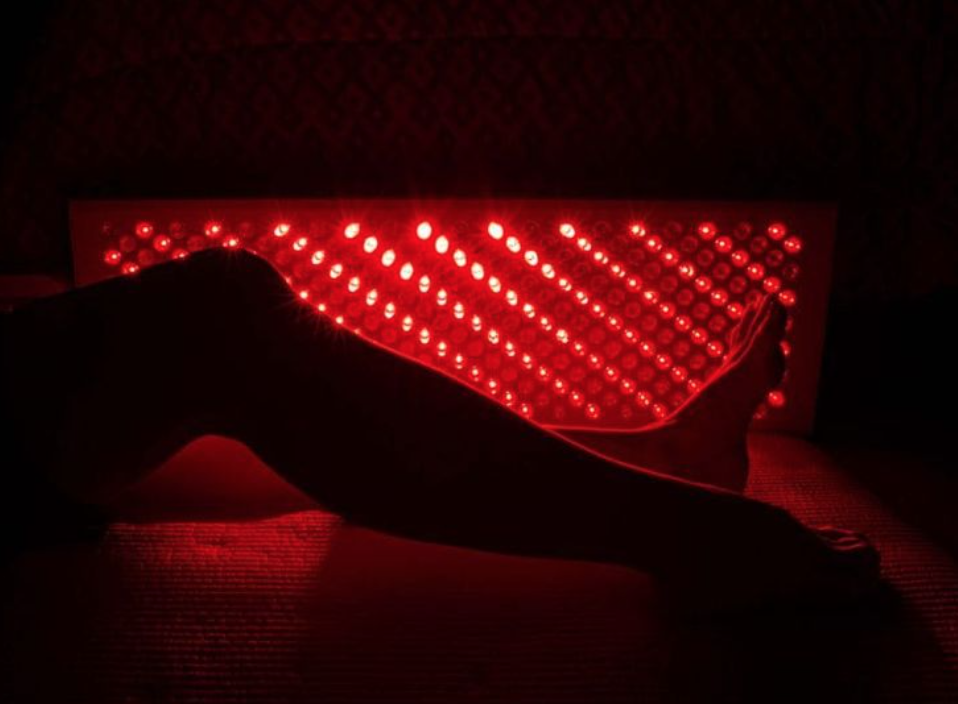
Using the Light’s Power: A Better Future for Health
Light therapy is a magnificent thread that weaves its way into the fabric of contemporary healthcare, adding to the overall picture of wellness. This cutting-edge technique has made it possible to find relief from a wide range of conditions, from the winter blues to the depths of chronic pain, by utilizing artificial light. People can decide whether to use light therapy in their wellness routines by being aware of the many forms of light therapy, how they work, and any possible negative consequences.
We should expect even more creative and useful applications for light treatment as research progresses. Let light be your guide to a happier, healthier you in the interim.
Frequently Asked Questions
What distinguishes light therapy devices sold over the counter from therapeutically standard light therapy?
Higher-intensity light sources are used in clinically standard light treatments. Lower light intensity and a more limited range of applications characterize over-the-counter gadgets.
Is it possible for anyone to use clinically conventional light treatment, or are there specific requirements?
Although light treatment is typically safe, eligibility may be impacted by specific medical conditions or drugs.
How long does clinically standard light therapy usually take to show results?
After a few weeks of consistent sessions, clinically standard light treatment frequently yields noticeable changes.
Does light treatment have any side effects that last a long time?
Most people agree that light treatment is safe and has few adverse effects.
For the best outcomes, how often should someone receive clinically standard light therapy?
The underlying ailment and intended course of therapy will determine how frequently light therapy sessions are recommended.
